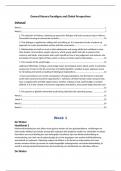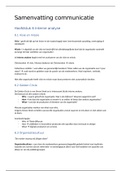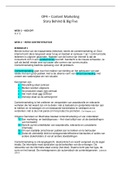Resumen
Samenvatting General literacy Paradigms & Global Perspectives, including mindmaps
- Grado
- Institución
This document contains the general literacy for the course Paradigms and Global Perspectives exam. All the literacy is summarized in English, except for the literacy of De Winter. This is summarized in Dutch. The mindmaps are also in English, except those of the chapters of De Winter.
[Mostrar más]












